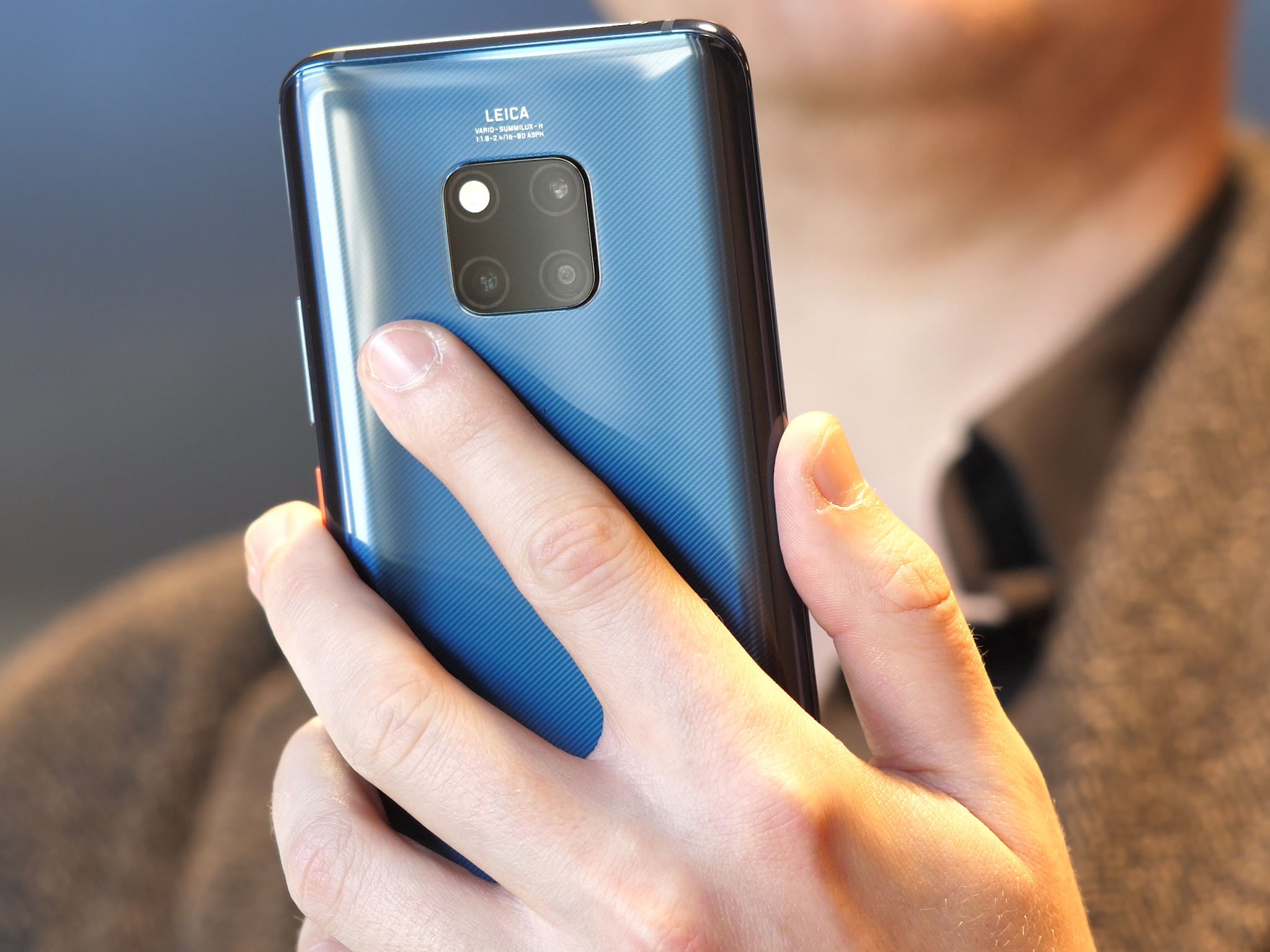Huawei's Mate 20 Pro faces biometrics in a whole new way

You know the saying, "Be careful what you wish for?" It's true of many things, but especially your phone's security. Everyone wants to be able to log in faster and keep things as secure as possible, but the two ideas are at odds with one another. The harder it is for you to log in to something, the harder it is for someone else, too.
Except when it comes to your face.
You're unique, and so is your face, and Huawei's new Mate 20 Pro has a specialized, ultra-fast 3D Face Unlock feature that logs you into your phone, and into certain applications, quickly and securely.
Unlike other face unlocking solutions on Android that use just a front-facing camera or an iris scanner, Huawei's 3D Face Unlock maps a user's face with tens of thousands of projected infrared dots, making a three-dimensional map of the whole face, in high resolution, to prevent faking or false positives. Error rates are below one in a million, which is astounding.
Not only that, but the 3D sensor gets smarter over time, so if you wear glasses some days, or grow a beard, or put on a hat, the system will learn and adapt, keeping unlock speeds to under 600ms. You'll just lift your phone and, with the right settings enabled, you won't even see the lock screen. It's that fast.
3D Face Unlock doesn't only get you into your phone — and keep others out — it also secures important applications like your email or gallery, requiring additional authentication before they open. Combined with Huawei's easy-to-use App Lock feature, no one is getting into the important stuff on your Mate 20 Pro unless you want them to.

But if unlocking with your face isn't your thing — and that's totally fine, we don't judge! — there's also a fingerprint scanner. Except that this one is new, different, and incredibly cool. That's because it's built right into the screen, there when you want it, and not there when you don't.
Huawei was one of the first companies to bring fingerprint sensors to the market with the Mate 7 in 2014, and they're doing it again with in-display sensors with the Mate 20 Pro.
How does it work? There's a camera underneath the screen that scans your fingerprint in high resolution and matches it to the one stored in the Kirin 980's secure enclave. It's fast and reliable, and it doesn't take up any room on the front of the phone, making the Mate 20 Pro all-screen. It's also better than rear fingerprint sensors because you can activate it when the phone is sitting on a table. Win, win!
You can use both types of unlocking methods to access yet another awesome security feature of the Mate 20 Pro and EMUI 9.0 — the Password Vault.

Why store passwords on your phone? Because you shouldn't be using the same password for more than one account, so the Password Vault generates long, random, secure strings for every app and service out there. All the information is stored locally and encrypted, so no one can get to it — especially since the biometrics features of the Mate 20 Pro are so secure.
Finally, there's backing everything up. Because even though the Mate 20 Pro is super secure, it can still get lost or stolen. EMUI 9.0 has three ways to back up your stuff — through the Huawei Cloud, local encrypted storage to a PC, or on a nanoSD expansion card, which comes in either 64GB, 128GB and 256GB sizes.
The Mate 20 Pro is Huawei's best phone ever, and also its most secure. Unlocking your phone isn't something you want to think about, but you do it hundreds of times every day. With 3D Face Unlock and an in-display fingerprint sensor, that repetitive action just got way faster and more secure.
Get the latest news from Android Central, your trusted companion in the world of Android

